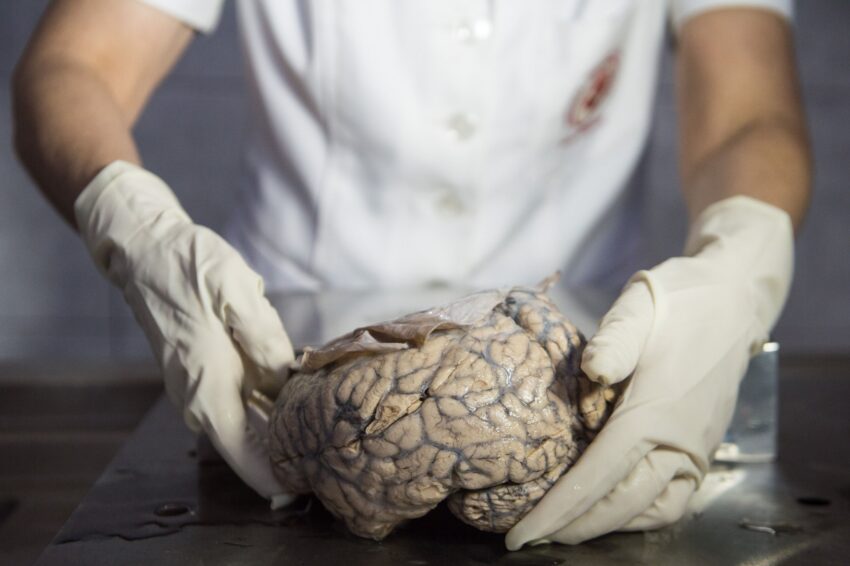A groundbreaking study conducted by researchers at the Perelman School of Medicine at the University of Pennsylvania has discovered a new treatment that shows promise in reversing signs of Alzheimer’s disease. The study, published in Aging Biology, explores the effects of a compound called 4-phenylbutyrate (PBA) on a mouse model of Alzheimer’s disease.
In the study, the researchers focused on a chaperone molecule that slows down the formation of certain proteins. By inhibiting protein accumulation, PBA was found to reverse disease signs, including memory impairment, in the mice. The compound, known as a chemical chaperone, works by restoring normal proteostasis, which is the process of protein regulation.
Senior author of the study, Nirinjini Naidoo, Ph.D., points out that by improving overall neuronal and cellular health, disease progression can be mitigated or delayed. Additionally, reducing proteotoxicity, which is characterized by the accumulation of impaired and misfolded proteins, can help improve previously lost brain functions.
With over 6 million Americans currently impacted by Alzheimer’s disease, and projections showing that up to 13.8 million Americans could be diagnosed by 2060, finding effective treatments is crucial. Alzheimer’s disease is a neurodegenerative disorder characterized by protein aggregates in the brain and dysfunction of proteostasis. Previous research has shown that PBA treatment improves sleep quality and cognitive performance, as well as normalizes proteostasis, in mice modeling regular brain aging.
In this new study, the researchers investigated the effects of PBA in mice modeling Alzheimer’s disease. These mice, known as APPNL-G-F mice, exhibit abnormal protein aggregates in their brains, the loss of synapses connecting brain cells, and severe memory impairment—symptoms similar to those seen in Alzheimer’s patients.
The study first confirmed that these mice indeed show signs of dysfunctional proteostasis mechanisms, including an activated unfolded protein response and low levels of a natural aggregate-preventing chaperone protein called binding immunoglobulin protein (BiP) or Hspa5.
Subsequently, the mice were treated with PBA, starting early in life, which resulted in the restoration of normal proteostasis in the key memory-related brain regions. The treatment also enabled the mice to discriminate between moved and unmoved objects, a memory-related task that they previously struggled with.
Interestingly, the researchers found that similar effects, including the reversal of memory deficits, were achieved when the mice were treated in middle age, suggesting that PBA treatment can be effective at different stages of the disease.
Furthermore, both the early-life and middle-age treatment showed signs of inhibiting the formation of amyloid beta plaques, which are prominent protein aggregates found in Alzheimer’s disease. In the case of the middle-age treatment, not only did it inhibit the underlying process, but it also reduced the number of amyloid plaques.
One of the advantages of PBA as a potential treatment for Alzheimer’s is its ability to easily cross the blood-brain barrier, and it is already approved by the FDA for treating a different metabolic disorder.
While these findings are still in the preclinical stage, they provide hope for the development of a viable treatment for Alzheimer’s disease. Further research and clinical trials will be necessary to confirm the efficacy and safety of PBA in human patients. However, this study showcases the potential of chemical chaperones like PBA in mitigating memory impairment and reversing signs of Alzheimer’s disease, offering a glimmer of hope for those affected by this debilitating condition.
*Note:
1. Source: Coherent Market Insights, Public sources, Desk research
2. We have leveraged AI tools to mine information and compile it

